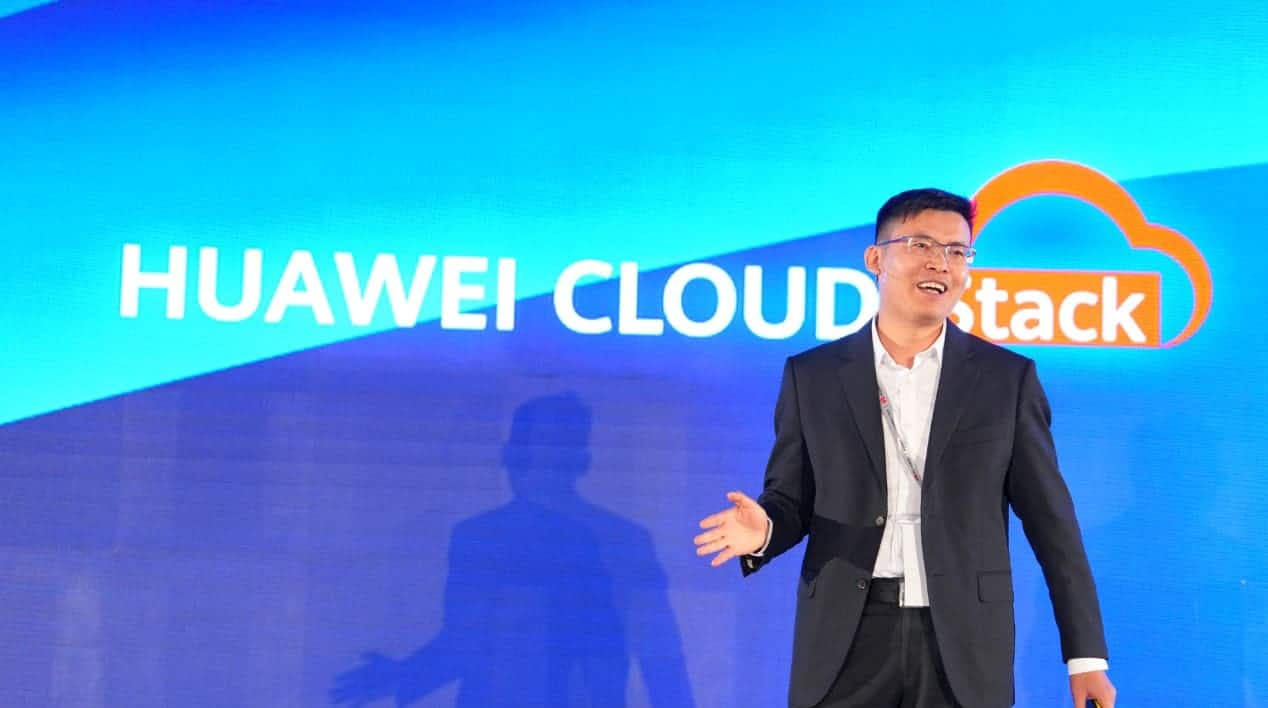In the context of the Huawei Developer Conference 2025 (HDC 2025), the Chinese tech company announced an ambitious deployment of industrial artificial intelligence, spearheaded by the launch of the Pangu 5.5 models and a revamped cloud computing infrastructure designed for large foundational models. The announcement underscores Huawei Cloud’s commitment to becoming the global reference in AI services for strategic sectors such as agriculture, automotive, energy, finance, and manufacturing.
### An Infrastructure Designed for Large-Scale AI
The crown jewel of the new Huawei Cloud ecosystem is the next-generation AI Cloud service, based on the CloudMatrix 384 supernodes. These supernodes integrate 384 NPUs (neural processing units) and 192 Kunpeng CPUs interconnected via a high-speed MatrixLink network, forming an AI server with unprecedented capabilities.
This design enables a performance of up to 2,300 tokens per second per card, quadrupling the efficiency compared to conventional architectures. Furthermore, the infrastructure is optimized for MoE (Mixture of Experts) models, allowing for the concurrent execution of 384 experts on a single node. In massive training tasks, up to 432 supernodes can cluster to reach 160,000 cards, featuring advanced functionalities like resource distribution between nighttime training and daytime inference.
According to Zhang Ping’an, CEO of Huawei Cloud, “the new generation of Huawei Cloud AI Cloud Service not only offers the most advanced computing but also redefines how foundational models are implemented and scaled in the cloud.”
### Pangu 5.5: Specialized Models for Every Industry
Version 5.5 of the Pangu models represents a significant evolution from earlier generations. Huawei has deployed enhancements in five key areas: natural language processing (NLP), computer vision (CV), multimodal models, industrial prediction, and scientific computing.
One of the most notable announcements was the new model Pangu NLP 718B, featuring 256 experts specialized in reasoning, tool usage, and math, with adaptive capabilities that alternate between fast and deep thinking depending on task complexity. Also introduced was Pangu DeepDiver, a tool capable of generating professional reports of over 10,000 words from complex processes requiring more than ten steps.
In computer vision, Huawei unveiled a CV model with 30 billion parameters, the largest of its kind, ready to recognize images, light spectra, point clouds, and radar data. Industrial applications, such as those conducted with CNPC to detect microdefects in pipelines, have demonstrated a 40% increase in efficiency and a 25% reduction in human workload.
The prediction aspect has also gained prominence. Companies like Conch Cement and Baowu Steel Group are already utilizing Pangu prediction models to optimize processes, reduce costs, and minimize emissions, while the model applied in agriculture—in collaboration with the Chinese Academy of Agricultural Sciences—has shortened R&D cycles for new rice varieties with better resilience and shorter plant height.
### Robots, Energy, and Intelligent Agents
Huawei Cloud aims not only to offer foundational models but also a complete ecosystem of tools, platforms, and intelligent assistants. The CloudRobo platform, based on embodied AI, allows for training robots and autonomous vehicles in digital worlds generated by the new Pangu World Model, thereby avoiding the need to collect data in real-world scenarios.
Additionally, the Pangu Doer assistant has been enhanced with advanced planning and execution capabilities and joins tools like CodeArts Doer and GaussDB Doer, which are already transforming software development and database management with intelligent workflows, specialized agents, and semantic analysis powered by large-scale models.
Huawei has also launched its Model Application Firewall (MAF), a firewall specifically designed to protect language models from prompt injections, jailbreaks, or unauthorized uses, thereby increasing the security of AI deployment in corporate environments.
### An Expanding Ecosystem
With over 13 million registered developers, 8 million of whom use Huawei Cloud, the company has solidified a unified ecosystem that spans from the HarmonyOS operating system to databases (GaussDB) and Linux operating systems (EulerOS). In this edition of HDC 2025, Huawei also announced a new edition of the Huawei Developer Competition focused on proprietary full-stack AI technologies.
Huawei Cloud presents itself as a global alternative in a geopolitical landscape where control over infrastructure, data, and models is becoming increasingly relevant. Its commitment to industrial AI, high-performance computing, and technological sovereignty proposes a new paradigm against U.S. giants.
### Conclusion
In the midst of a global race for dominance in artificial intelligence, Huawei Cloud has unveiled a robust proposal at HDC 2025, focused on addressing real-world problems in strategic sectors through specialized and scalable solutions. The Pangu 5.5 models, along with the CloudMatrix 384 infrastructure and tools like Pangu Doer or CloudRobo, position Huawei as a key player in the intelligent transformation of industries.
The company aims not only to compete with major players in the sector but also to lead the development of an AI-native cloud capable of driving a new generation of proprietary business, scientific, and social services.

